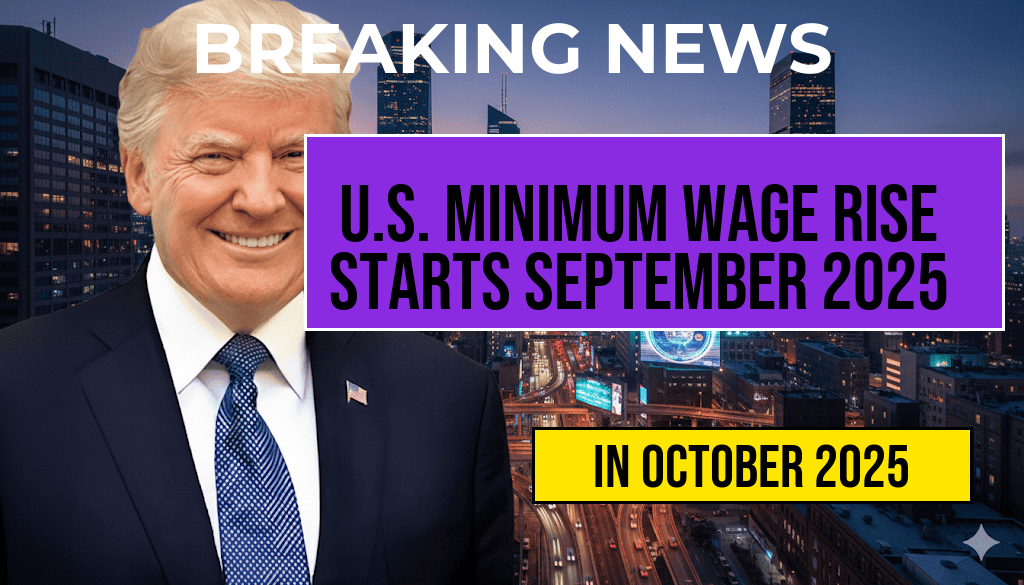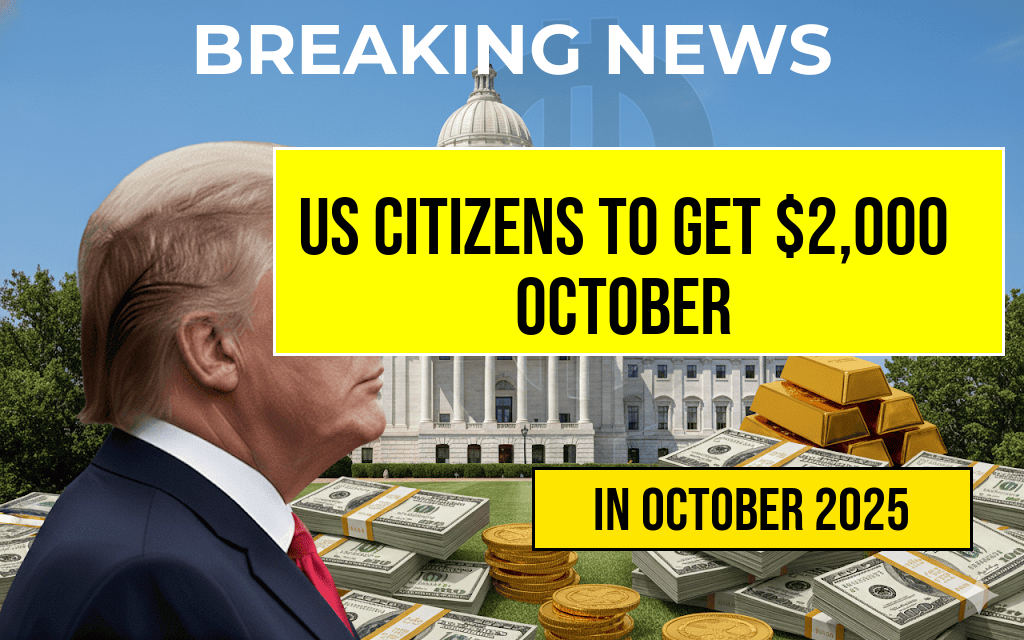The United States will see a significant update to its minimum wage standards starting September 30, 2025, as federal and state adjustments take effect nationwide. This development follows recent legislative changes and economic analyses indicating a need to keep pace with inflation and cost-of-living increases. The new minimum wages will vary across states and localities, reflecting regional economic conditions and policy decisions. For millions of workers, this change promises improved earning potential, though some industries and employers may face adjustments in staffing and budgeting. Below, we provide a comprehensive overview of the upcoming wage rates, highlighting key jurisdictions and the factors influencing these revisions.
Background on the 2025 Minimum Wage Adjustments
Over the past few years, the push for a higher minimum wage has gained momentum, driven by the rising costs of housing, healthcare, and education. Federal policymakers have set the stage with legislation like the Fair Wage Act, encouraging states to align their pay scales with economic realities. Several states have already enacted phased increases, with some cities implementing their own minimum wage standards that surpass state levels. The upcoming change on September 30, 2025, represents a nationwide recalibration aimed at ensuring workers receive a livable income while balancing economic stability for employers.
Factors Influencing the 2025 Wage Changes
- Inflation Adjustment: Many states base their minimum wage increases on the Consumer Price Index (CPI), ensuring wages keep pace with inflation.
- Legislative Actions: State legislatures and local governments have passed laws mandating scheduled increases or indexing provisions.
- Economic Conditions: Regional economic growth, labor market tightness, and political priorities influence the pace and scale of wage hikes.
- Federal Policy: The federal minimum wage remains at $7.25/hour, but several states and jurisdictions choose to set higher standards independently.
State and Local Minimum Wage Rates Effective September 30, 2025
| Jurisdiction | New Minimum Wage | Previous Rate | Notes |
|---|---|---|---|
| California | $16.50 | $15.50 | Annual increase based on CPI; phased in since 2023 |
| New York | $16.00 | $15.00 | Major cities like New York City and Albany set their own higher rates |
| Washington | $15.74 | $15.74 | No change for most employers; exceptions for small businesses |
| Texas | $8.25 | $7.25 | Federal minimum applies; some cities may have local rates |
| Florida | $11.00 | $10.00 | Minimum wage increase scheduled annually until reaching $15 in 2026 |
| Illinois | $13.00 | $12.00 | Incremental increases over the next two years |
| Massachusetts | $15.00 | $14.25 | Adjusted annually based on inflation |
| Oregon | $15.50 | $14.75 | Phased increases with regional variations |
| Alaska | $10.85 | $10.85 | No change; inflation adjustments pending |
| New Jersey | $14.13 | $13.00 | Scheduled increase to reach $15 by 2026 |
Impacts and Industry Perspectives
Employers across various sectors are preparing for the wage adjustments, with anticipated effects on staffing, pricing, and operational costs. Small businesses, in particular, may face challenges balancing higher wages with profit margins, prompting some to reevaluate hiring plans or automation strategies. Conversely, workers are expected to experience increased purchasing power, potentially stimulating local economies. Labor advocates emphasize that these wage hikes are crucial to addressing income inequality, especially in urban centers where living costs are escalating rapidly.
Industry-Specific Considerations
- Retail and Hospitality: These sectors employ a significant portion of minimum wage workers; businesses may adjust scheduling or benefits to offset increased labor costs.
- Manufacturing: Some manufacturers might face higher operational expenses, influencing product pricing or automation investments.
- Healthcare: Support staff and entry-level positions will benefit from increased wages, potentially reducing turnover rates.
Broader Economic Context and Future Outlook
Economic analysts suggest that the 2025 wage adjustments could contribute to a modest uptick in consumer spending, supporting broader economic growth. However, concerns about inflationary pressures and potential employment impacts remain under discussion among policymakers. The federal government continues to monitor these developments, with some advocates pushing for a nationwide increase to $15/hour, aligning with many states’ goals. For more information on minimum wage trends and policy debates, resources such as [U.S. Department of Labor](https://www.dol.gov/agencies/whd/minimum-wage) and [Wikipedia’s Minimum Wage page](https://en.wikipedia.org/wiki/Minimum_wage) offer extensive background.
As September 30 approaches, workers and employers alike are advised to review local regulations and prepare for the upcoming changes. The wage updates exemplify ongoing efforts to adapt labor standards to contemporary economic realities, shaping the future of work in the United States.
Frequently Asked Questions
What is the effective date of the new U.S. minimum wage rates?
The new minimum wage rates will become effective starting September 30, 2025.
Which states or regions are affected by the minimum wage increase?
The article provides a full list of states and regions that are implementing the minimum wage increase on the specified date, ensuring workers across the country are informed.
What are the new hourly wage rates for different states?
The new hourly rates vary by state and region, with details included in the full list to help employers and employees understand their specific wages.
Are there any exceptions or specific conditions for certain workers regarding the new wages?
Some exceptions or conditions may apply based on worker classification or industry. The article clarifies these details for affected workers.
How does this wage increase impact employers and employees?
The wage increase aims to improve worker compensation while potentially affecting business costs. The article discusses the expected economic impact and considerations for both employers and employees.





